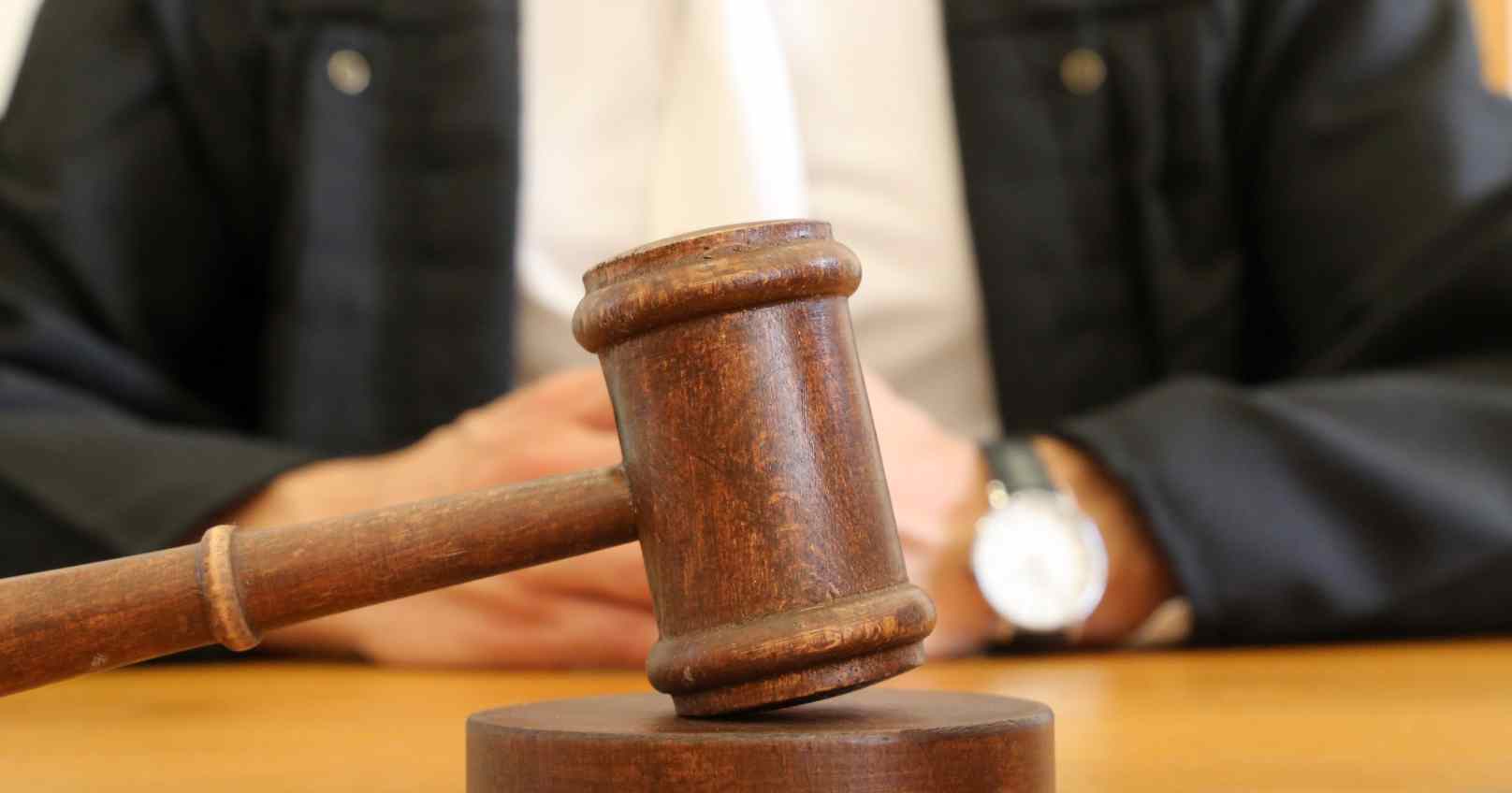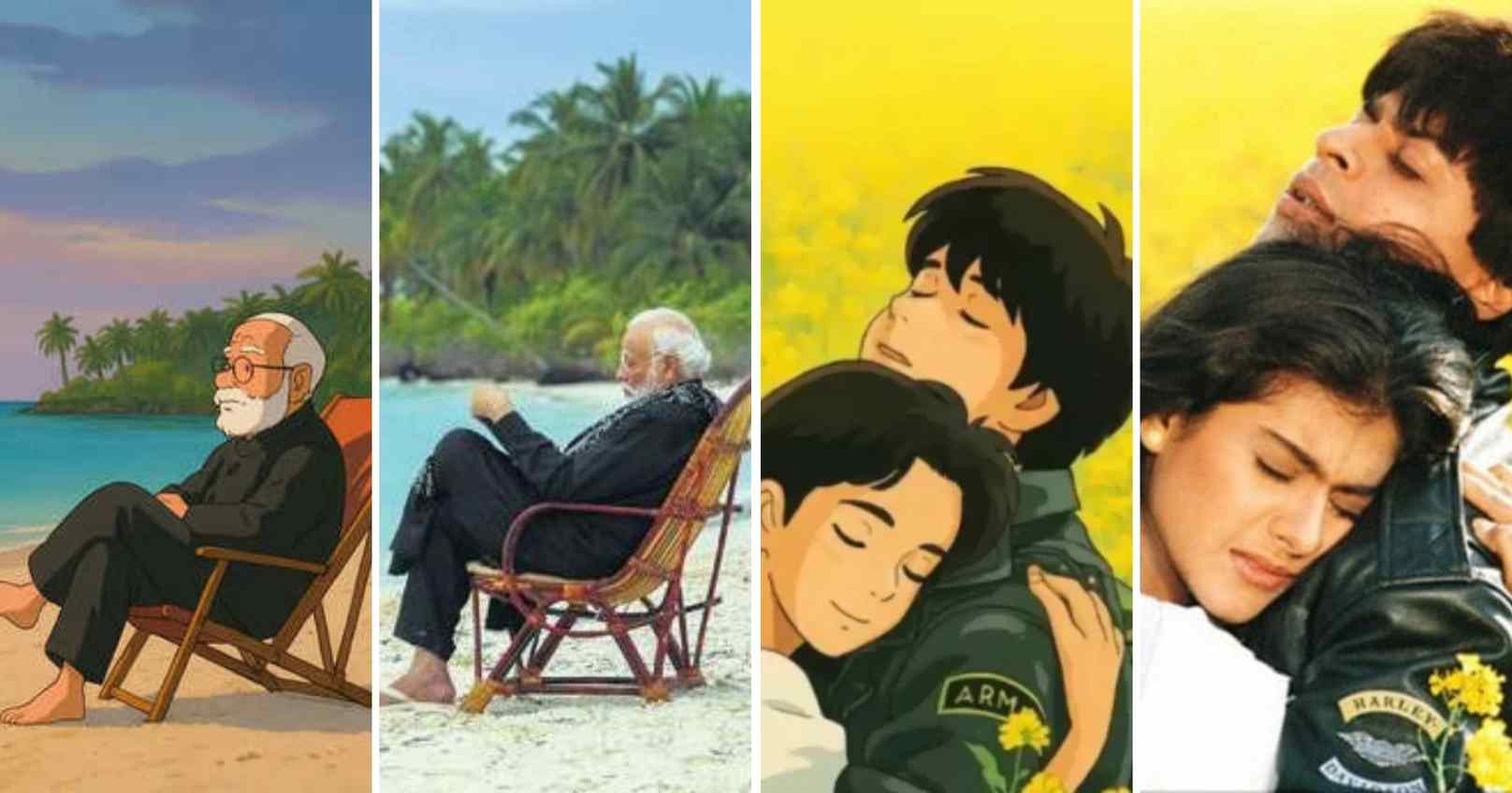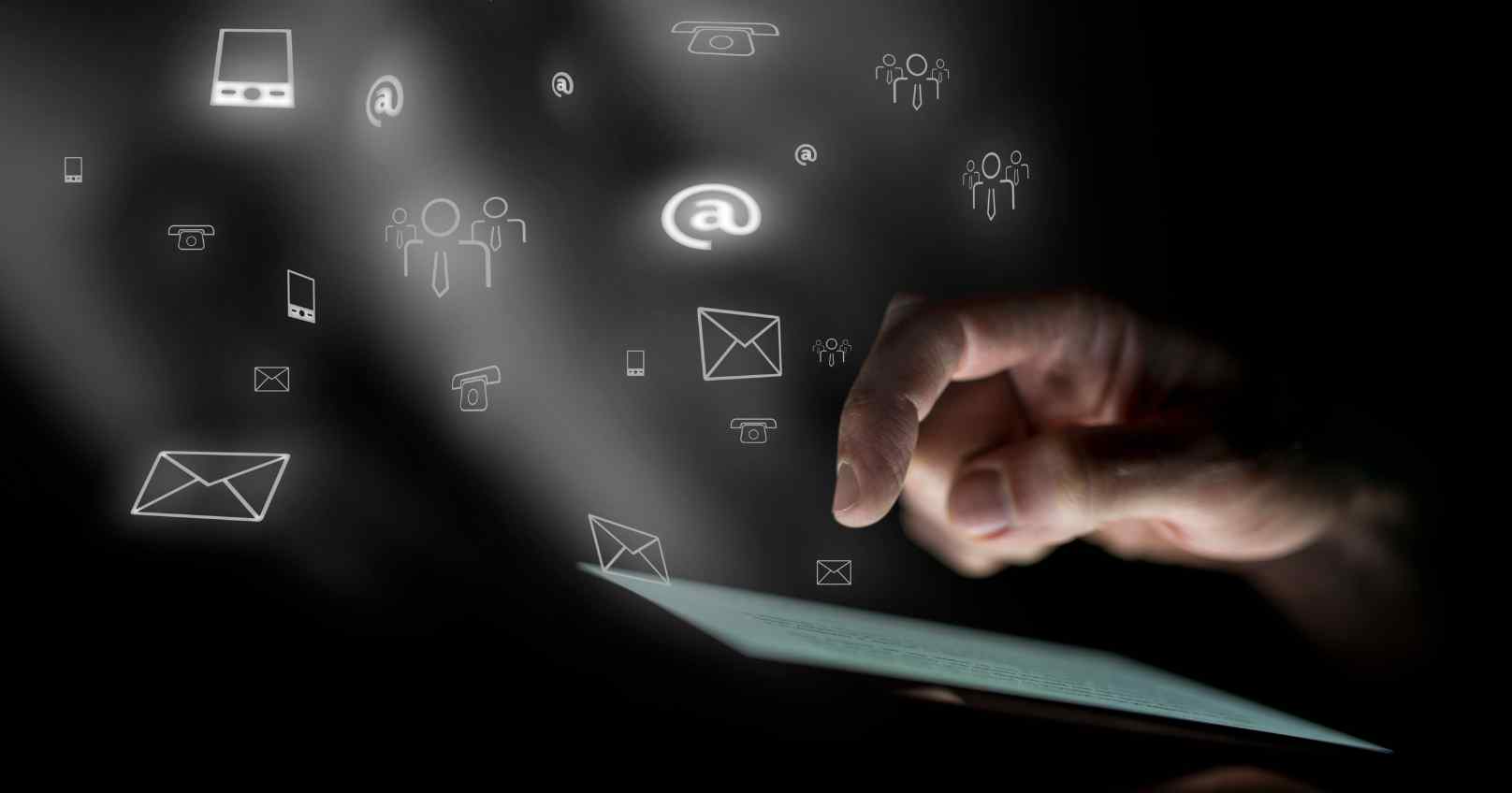Right to Education: The Socio-Legal Impact on Society
India’s Constitution guarantees the right to education, recognizing it as fundamental for personal and societal development
19-09-2024India’s Constitution guarantees the right to education, recognizing it as fundamental for personal and societal development
19-09-2024“Society is a candle which needs the matchstick of education to spread the brightness in lives of people.”
The right to education is one of the most essential yet not the earliest rights given to citizens by the Constitution of India. It is a popular phrase that parents who keep their children away from education are no less than their hidden enemies. The importance of the right to education can be understood in the way that the most important fundamental rights enshrined under Article 21 of the Constitution of India, i.e., the right to life and personal liberty, cannot be implemented completely without the implementation of the right to education.
Education and dignified life go hand in hand; a person cannot live a dignified life without education. One of the major reasons behind suicides, social killings, and other social evils is a lack of education. Education plays a major role in the development of a society, and the development and growth of any society is majorly dependent on the quality of education available to its citizens.
India has been the epicenter of education since the Vedic period. From gurukuls in the Vedic age to universities like Taxila and Nalanda, India has been the center of attraction for the world. According to Pestalozzi, “Education is a constant process of development of innate powers of man which are natural, harmonious, and progressive.” It is said that in the twenty-first century, a nation’s ability to convert knowledge into wealth and social good through the process of innovation is going to determine its future. Accordingly, the twenty-first century is termed the century of knowledge.
Right to Education: Global Context
Going into the 21st century, the right to education has been incorporated as a fundamental right for individuals around the globe. Education is not only important for personal extension and expansion but also for the advancement of society and communities as a whole. The right to education is acknowledged as a basic human right, as it empowers individuals to make informed choices, participate in social and economic development, and improve their overall quality of life.
Meaning of the Right to Education
The phrase "Right to Education" consists of two words: “Right” and “Education.”
Education is the first and foremost building block of a nation. It starts from birth and continues until the death of a person. A person keeps learning new things until they are alive, and this learning eventually contributes to the growth and progress of the nation.
The right to education is a human right that should be available to every person. The right to free education means that if anyone has this right, then educational institutions can ask them to pay the expenses to access education.
In many nations, education is seen as a privilege rather than a right. However, the Universal Declaration of Human Rights, adopted by the United Nations in 1948, recognized education as a fundamentally available human right. This declaration has been the foundation for many national and international laws and policies that promote and protect the right to education.
Judicial Observations on the Right to Education
The Hon’ble Supreme Court of India, in its recent judgment in Devesh Sharma v. Union of India, held that the right to education not only means and includes free and compulsory education but also includes quality education. The purpose of bringing the right to education was not only to provide education to everyone but to provide quality education to every child. Any compromise made by the state or any authority in providing quality education goes against the mandate of Article 21-A of the Constitution of India and the Right to Education Act.
Legal Provisions
Article 21-A was inserted in the Constitution of India by the Constitution (Eighty-Sixth Amendment) Act, 2002, to provide free and compulsory education to all children from the age of six to fourteen years as a fundamental right, in the manner that the state deems fit and appropriate. The Right of Children to Free and Compulsory Education (RTE) Act, 2009, represents the consequential legislation envisaged under Article 21-A. Section 3 of the act provides for the right of children to free and compulsory elementary education (education from first to eighth class) for every child.
Constitutional Background
At the beginning of Part IV of the Indian Constitution, Articles 45 and 39 (f) incorporated provisions relating to providing equitable and accessible access to education. The first official recommendation for the inclusion of the right to education as a fundamental right was made by the Acharya Ramamurti Committee in 1990. However, later on, several political and policy decisions influenced the course of free and compulsory education, including the District Primary Education Program funded by the World Bank, introduced in 1994. The program introduced a five-year primary education program and also included the appointment of para-teachers, which was criticized for diluting the constitutional mandate of providing quality and compulsory education until the age of 14.
The use of the phrase 'primary education' and its corresponding five-year program under the District Primary Education Program (DPEP) may be contrasted with Dr. B.R. Ambedkar's observations at the time of drafting the Constitution. He opposed the introduction of the phrase 'primary education' in Draft Article 36 (corresponding to former Article 45) on the ground that the State was obliged to keep children below the age of fourteen years in an educational institution to prevent them from being employed as child labor.
Notable Case Laws
The first case on the right to education was Mohini Jain v. State of Karnataka, also popularly known as the Capitation Fees case. In the instant case, admission was denied to a student as she was unable to pay a high capitation fee. The apex court, for the first time, stated that the right to education comes under the ambit of the right to life enshrined under Article 21 of the Indian Constitution.
Later, the judiciary came up with its view in the case of Unni Krishnan v. State of A.P. and partially overruled the Mohini Jain judgment, limiting the right to education to the age group of 6 to 14 years. It was held that the right to education is implicit in Article 21, and every child up to 14 years has a fundamental right to free education. Later on, the 11-judge constitutional bench of the apex court in TMA Pai Foundation v. State of Karnataka held that the decision delivered in Unni Krishnan regarding the granting of admission and fixation of fees was incorrect and was therefore overruled. The court held that such institutions may charge high fees, but it should not be for the purpose of profiteering.
Lastly, the Tapas Majumdar Committee (1999) was set up, which encircled the insertion of Article 21-A.
Socio-Legal Impact of Education
Education serves as a tool for crafting society. The impact of the right to education can be seen in the growth of society. The implementation of education at the ground level has acted as a catalyst for the eradication of poverty and the effective implementation of laws by the people living in it.
The effectiveness of education can be seen in many forms:
Right to Education vs. Right to Quality Education
The words "education" and "quality education" seem similar but are very different if we look at their effectiveness. Article 21-A of the Constitution of India not only states providing education but emphasizes that the education provided should be of quality. It is the duty of the state and the local authorities to ensure the quality of education provided to children. The advent of technology has also proved to be a game-changer in providing quality education.
One of the best examples of the effect of technology in providing quality education can be seen during the COVID-19 pandemic. The first major effect of COVID-19 was on health, and the second was undoubtedly on education. While schools were closed, education continued, thanks to technological support.
Online learning replaced traditional classroom instruction after a protracted and bumpy shift. For some students, the transition from in-person instruction to virtual learning was not as seamless as expected. These abrupt adjustments not only affected the students' academic performance but also their class attendance. Additionally, students were no longer able to participate in extracurricular or other academic activities that were part of their academic evaluation. This sudden shift posed major challenges for both schools and children.
Education vs. Employment
In a country like India, poor families often give more preference to food and money than education, as a result of which we often see children engaged in organized and unorganized child labor. Lawmakers have taken significant steps in this regard by making child labor a punishable offense, but it still exists in many forms. Two major steps that can be taken in this regard are:
1. Providing industrial training along with education: Industrial training and education will not only help students get jobs but also make them future-ready. This will increase their chances of employment, which is a major concern for them and their families.
2. Paid traineeship programs for students: Getting money with education is one of the best treatments for poor students, ensuring greater engagement from students from poor families, as they will not only learn but also earn for themselves and their families.
Suggestions
Despite many efforts made by nations to secure the right to education, there are still many challenges that need to be overcome. One major challenge is the lack of requisite resources and framework. Many institutions in developing countries lack basic facilities such as classrooms, libraries, and textbooks, which makes it difficult for students to learn and achieve their full potential.
It appears just and proper to state that the following suggestions can be incorporated for better implementation of the right to education:
1. Making primary schools in rural areas more technology-friendly: Recent times have shown the importance of technology in the education sector. Therefore, it becomes necessary to make primary schools tech-friendly so that it becomes easier for the poor to access quality education. The unavailability of technology is a major issue faced by students receiving education from rural primary schools. Incorporating technical support for imparting quality education is essential.
2. More emphasis on the quality of education than the quantity of education: The quality of education should be prioritized over the quantity of education. There should be a proper teacher-to-student ratio in all primary schools to ensure better outcomes. More teachers should be employed, and a proper report should be made on the teaching style of teachers. It is often seen that teachers in primary schools do not pay much attention to effective teaching, which reduces the quality of education. This should be addressed by appropriate authorities.
3. Making education more affordable for the poor: Education is essential, but unfortunately, it is not always affordable. One of the major challenges before the government has always been providing quality, affordable education to people below the poverty line. The implementation of the Right to Education Act 2009 is a major step taken in this regard, but there is a need for broader implementation and creating awareness among people.
4. Training of teachers: Another challenge is the lack of trained and qualified teachers. Many schools in developing countries do not have enough teachers, and the ones they do have are often not trained or qualified to teach. This results in poor quality education and a lack of opportunities for students to learn and develop their skills.
Conclusion
The right to education is a fundamental human right crucial for both individual development and the advancement of society at large. To guarantee that this right is upheld and encouraged, the legal system is crucial. Governments and other stakeholders must act to ensure that every person has access to education, despite the numerous obstacles that must be overcome. Then and only then will we be able to build a world in which every individual may realize their potential and make a positive contribution to society.
- Amit Pandey, Advocate and Shubham Singh sengar, Phd sociology from Ram Manohar Lohiya National Law University Lucknow.


Litigation Before Adjudication-A Long Due Legal Mandate
Read More
As AI-generated art gains popularity, especially through tools that mimic Studio Ghibli’s iconic s
Read More
India’s fintech Self-Regulatory Organisations (SROs) are being reimagined as key policy influencer
Read More